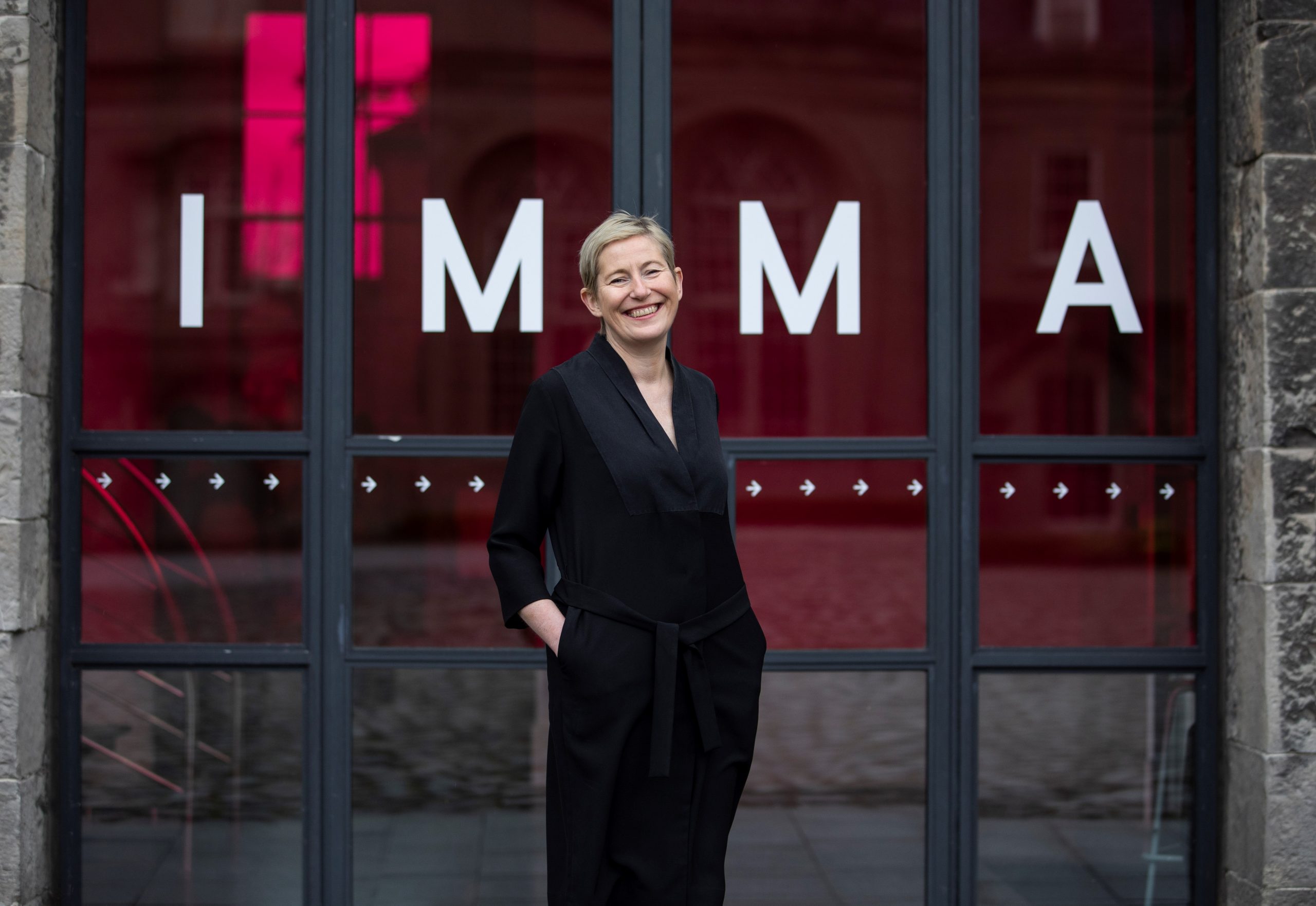When Annie Fletcher took over as Director of the Irish Museum of Modern Art (IMMA) in 2019, she didn’t anticipate she would become the director of an excess mortuary. But this is just one of the many curveballs thrown her way courtesy of the pandemic. Last March, the grounds of the Royal Hospital Kilmainham, the site which houses IMMA, was designated as a temporary mortuary in the case of a Covid-19 surge. Fortunately, things haven’t come to that. “It was amazing to be able to hand it over and say ‘yes, please how can we help?’ But then we were…
Cancel at any time. Are you already a member? Log in here.
Want to read the full story?
Unlock this article – and everything else on The Currency – with an annual membership and receive a free Samsonite Upscape suitcase, retailing at €235, delivered to your door.

